Hydrodynamic transmission in compressors
In the oil& gas and energy industries,speed variation in drive trains helps the operator to react quickly to changing process conditions. Take the case of radial pumps which are used in power plants as boiler feed pumps, in oil pipelines for the transport of crude oil or as water injection pumps. If the demand for power changes or the productivity of oil fields decreases, a speed variable drive train allows the readjustment of process parameters and enables the site to operate efficiently.
The hydrodynamic principle was devised in 1905 by the German engineer Hermann Föttinger. Hydrodynamic transmission converts the torque and speed within the power flow of a driving machine to a working machine based on their own, indirect principle. The mechanical power introduced by a circular pump is transmitted to a fluid that transports it as hydraulic energy and forwards it to the turbine. There, it is reconverted into its mechanical form.
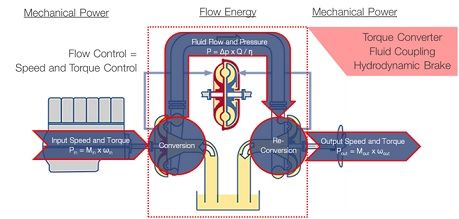
Figure 1: –Föttinger’s Hydrodynamic Principle[/caption]
The drive motor and the driven machine are mechanically decoupled via the pump and turbine wheels. The circulating oil transmits the power hydrodynamically and also provides - excellent damping characteristics. Other advantages are the robustness and the relatively simple system.
The transmittable power of hydrodynamic solutions is proportional to the profile diameter to the 5th power, the pump wheel speed cubed, the fluid density and the characteristic value.
According to the principle of proportionality if the profile diameter gets increased by 10% the transmittable power increases by approximately 61%. Changing the pump wheel speed by additional 10% leads to 33% higher power transmission-.
Therefore compact units with a small footprint at high input speeds and high oil temperatures are the goal in designing hydrodynamic units. The outcome are small units with highest power density.-The advantages –get better as - the power demand increases.
In 1985 Voith introduced the Vorecon to the market – a combination of hydrodynamic power transmission and planetary gears for controlling the speed of pumps and compressors. To date, -more than 600 units have been - sold all over the world as proven technology. Over the years using the above named proportionalities the units were developed for higher and higher powers continuously. - Units from 1600HP up to 47,000HP output power,from 800 rpm to 17000 rpm output speed are in operation.
In a typical drive train the Vorecon is located between a fixed speed 4-pole electric motor (synchronous or induction) and a driven machine, which could be either a pump or a compressor. The Vorecon is designed with an integrated oil system for lube and working oil,which can supply lube oil to the driver and driven machine. Compared to other solutions this feature decreases the footprint considerably.
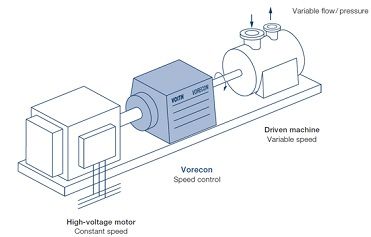
Figure 2: Typical Drive Train System[/caption]
In June 2016 Voith introduced the next generation of Vorecon, which optimizes the advantages of the reliable solution especially in the lower power range from 2000HP up to 13000HP and brings additional benefits to the customer.
The VoreconNX combines the hydrodynamic power transmission by a counter rotational torque converter (a), with a mechanical planetary gear (b) and a parallel shaft gear (c). The Vorecon connects a driving machine, e.g. an electric motor with a working machine, for example a pump or a compressor.
The input shaft (1) is connected to the planet carrier (2) of the planetary gear. This means that a large proportion of the input power is therefore transmitted to the planetary gear directly, mechanically and almost loss-free.
Additionally, the pump wheel (3) of a hydrodynamic torque converter is coupled to the input shaft and diverts just a small proportion of the input power. A liquid flow transmits this power form the pump wheel to the turbine wheel (4) of the torque converter. The diverted power is transmitted to the sun gear (5) of the planetary gear. The power from the planet carrier and from the sun gear is combined in the planetary gear, where ring gear (6) transmits the accumulated power to the output gear stage.
The required specified output speed is achieved by the gear ratio of the parallel shaft gear (7). Adjustable guide vanes (8) at the pump wheel control the liquid flow in the torque converter and determine the speed of the turbine wheel. This allows the speed of the driven machine to be infinitely adjusted.
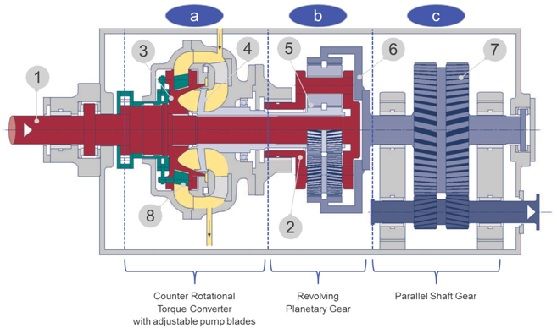
Figure 3: VoreconNX Functional Scheme[/caption]
For the first time Voith could realize a counter rotational torque converter, designed with adjustable pump blades.As the flow inside the torque converter is being controlled by the pump wheel directly, significant increasing in efficiency at part load condition is the result.
During the product development of VoreconNX the adjustable pump blades were tremendously challenging and on the other side the key solution in making the concept unbeatable.
The power and speed control occurs with the counter rotational torque converter and depends on the operation range.
The power is diverted from the main input shaft and is regulated with the adjustable pump blades. The format is like a centrifugal pump blade wheel: black-plate, cover plate and the adjustable pump vanes.These vanes are the connection to the hydraulic actuator.
The VEHS (Voith electric hydraulic actuator) is a 4/3-distributing valve with an integrated magnet force controller which controls the position of the pump blades while running with 1500rpm or 1800rpm. Through the adjustment kinematic, this is the rotor and the vane connection, an angle adjusting and in fact of this rotary motion of the vanes is started.
To the measured phase shifting between rotor and stator, via key phasor, the real angle could be calculated. A control loop compares the actual position and the set position and compensates the difference.
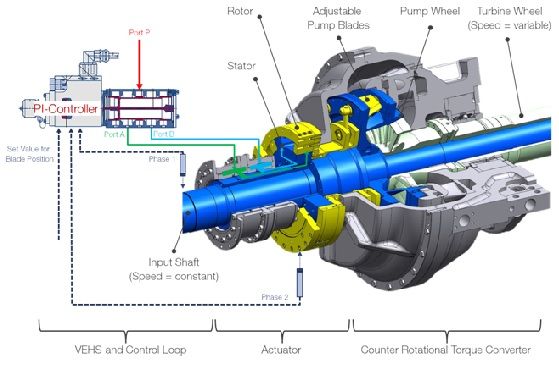
Figure 4: Counter rotational torque converter with actuator and control loop[/caption]
The second important unit of VoreconNX is the planetary gear set executed as revolving planetary gear. This means that all main components such as ring gear, planet carrier and sun gear are rotating. In this arrangement the input speed corresponds with the motor speed and is constant and coupled with the planet carrier (drive side). The continuously adjustable pump blades in the hydrodynamic torque converter determine the variable superimposition speed, which comes from the sun gear.
The output speed results from the vectorial addition of the input and superimposition speed. The driven side is realized with the annulus gear.
At minimum output speed of VoreconNX all components – sun gear, planet carrier and ring gear are rotating in same direction (1). Decreasing the sun gear speed causes an increasing of the output speed. At approximately 75% of maximum continuous speed the sun gear does not rotate. This is referred to as the switch-over point (2). When the sun gear changes the direction of rotation in opposite direction the ring gear is picking up additional speed up to 100% of maximum continuous speed (3).
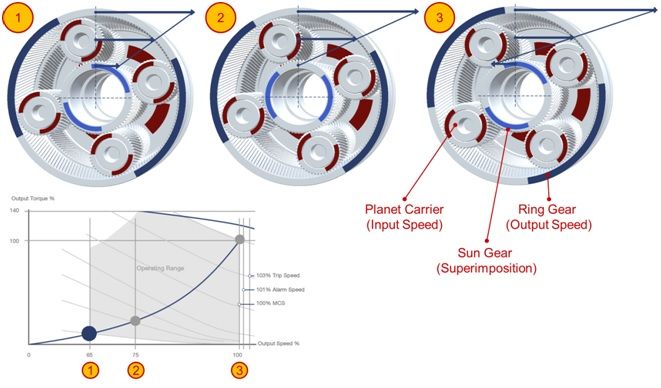
Figure 5: Operating Ranges - 1: Minimum output speed, 2: Switch-over Point, 3: Maximum output Speed[/caption]
The development of VoreconNX took more than 4 years. Four different test benches were built for verifying partial solutions such as the kinematics for the pump blade actuation. The geometry of the counter rotational torque converter was developed by CFD calculations and intensive iterative optimization processes using state-of-the-art calculation software. These calculations were verified by downscaled 3D printed prototypes for pump and turbine wheel which have been tested separately on a test bench. At the end of the pre-development process of VoreconNX a 6MW prototype was built and intensively tested for more than five months in the in-house test facility in Crailsheim/Germany.
Written by:
Peter Goretzki (Product Manager VoreconNX),
Hartmut Graf (Manager Product Line Vorecon),
Andreas Barthelmess (Vorecon Gear Design)